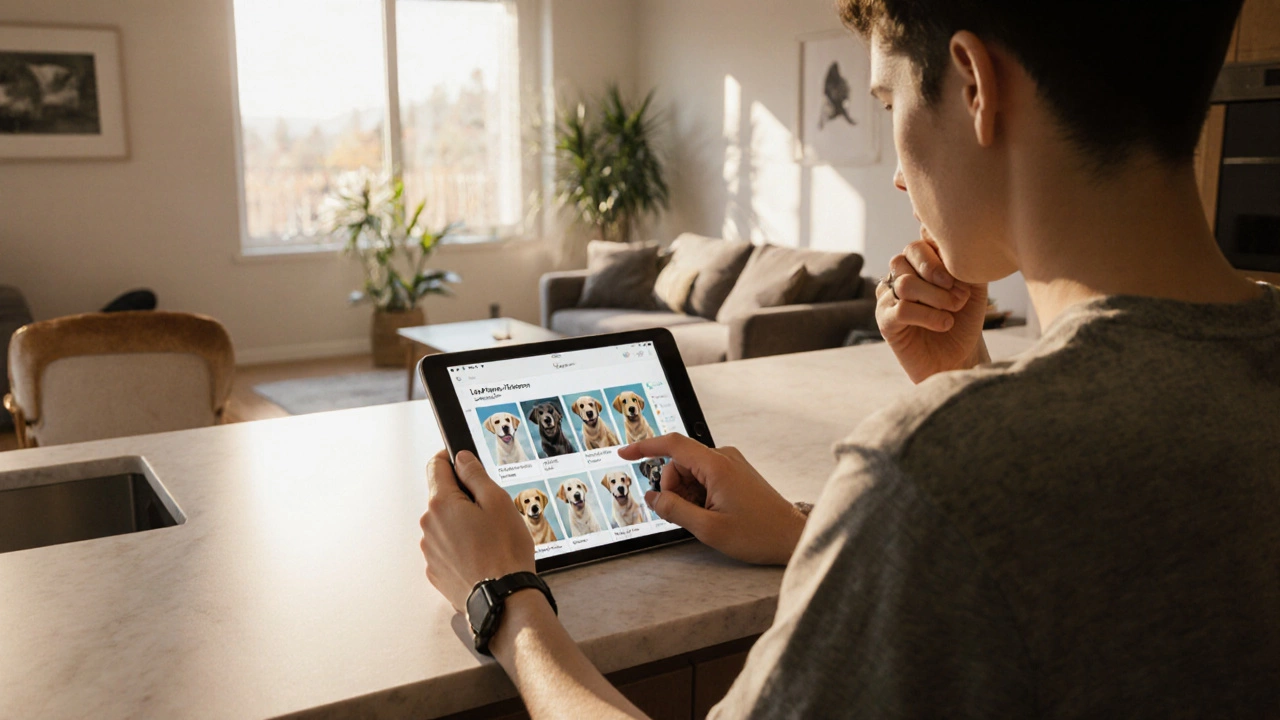Easy to Train Dog: Tips, Tools, and Techniques
When working with easy to train dog, a canine that learns commands quickly and enjoys new challenges. Also known as trainable dog, it thrives on clear cues and consistent rewards. One of the most effective approaches is positive reinforcement, reward‑based training that encourages repeat behavior. Pairing this method with the right training collar, gentle vibration or clicker collar that signals exact moments of success, creates a strong learning loop. In short, easy to train dog results from a mix of motivation, clear signals, and tools that support the dog’s natural eagerness.
Even the most eager learners can stall if they’re stressed. Separation anxiety, the fear of being left alone that can trigger destructive behavior, often masks a dog’s ability to focus on commands. Managing it with short departures, soothing tools, and a predictable routine restores confidence and keeps training on track. For puppies, mastering housebreaking, teaching where to potty through schedule and cue words sets the foundation for all later lessons. Experts recommend keeping training sessions under ten minutes and repeating them several times a day. When you blend short, focused sessions with stress‑free environments, the dog’s learning curve stays steep.
Practical Steps to Keep Your Dog Learning Fast
Here’s a quick checklist you can start today: choose a reward your dog loves, attach a low‑impact training collar, practice one new cue for five minutes, end on a win, and note any signs of anxiety to address immediately. The articles below dive deeper into each of these topics – from humane alternatives to shock collars, to tricks for stopping barking without harsh tools, and even how to travel with a calm canine. With these ideas in hand, you’ll see why some dogs become truly easy to train companions.

What Is the Number1 Dog to Get? Find the Best Breed for Your Lifestyle
Discover the top‑ranked dog breed for families, active lifestyles, and first‑time owners. Learn criteria, compare the best breeds, and get a checklist to choose the perfect pup.
View more